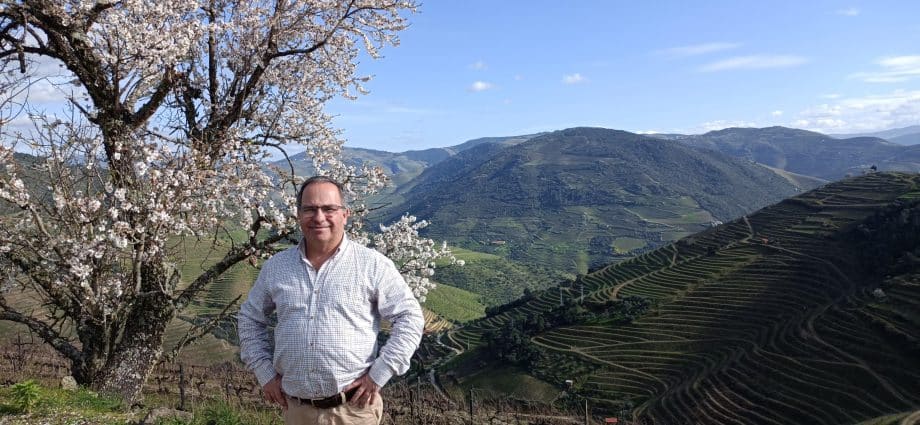The Douro Valley is world-famous for its terraced vineyards and exceptional wines, but as winter transitions to spring, another spectacle takes over the landscape—the breathtaking bloom of almond trees. From late January to early March, the valleys and hillsides of the Douro burst into shades of white and soft pink, creating a stunning contrast against the deep greens and rugged terrain.
A Natural Spectacle in the Douro Valley
Almond trees were introduced to the region centuries ago and have since become an integral part of its agricultural and cultural landscape. In places like Provesende, Pinhão, and throughout the Douro region, these trees mark the changing of the seasons, offering a unique visual experience for locals and visitors alike.
The flowering of the almond trees signals the beginning of the agricultural cycle, bringing with it the promise of renewal and abundance. It is also a cherished moment for photographers and nature lovers who travel to the Douro Valley to witness this fleeting yet spectacular event.
The Importance of Almond Trees in Vineyard Biodiversity
Beyond their beauty, almond trees play an important role in the region’s biodiversity. When planted alongside vineyards, they contribute to a balanced ecosystem, attracting pollinators such as bees that help sustain both almond and grape production. Their presence supports a healthier environment by promoting soil stability and reducing erosion on the steep terraces of the Douro.
At Marmelão and other small vineyards in the region, biodiversity is a priority. Integrating almond trees, olive groves, and other fruit-bearing plants among the vines fosters a more sustainable agricultural approach. This diversification not only protects against pests naturally, reducing the need for chemical interventions, but also enhances the overall resilience of the vineyards.
Almond Blossoms and Local Traditions
The almond tree flowering season is deeply connected to local traditions and festivities. In some Douro villages, festivals are held to celebrate the beauty and economic importance of these trees. Historically, almonds were a valuable crop, used in traditional sweets, liqueurs, and even as a key ingredient in local gastronomy.
Visitors who explore the Douro Valley during this season will find small markets selling almond-based delicacies, such as “amêndoas torradas” (roasted almonds) and “amêndoas cobertas” (sugar-coated almonds), which are particularly popular during the Easter season.
Where to See the Best Almond Blossoms
For those looking to experience the full beauty of the almond tree flowering in the Douro Valley, some of the best places to visit include:
- Provesende – A charming village with historical significance and spectacular almond tree-lined paths.
- Foz Côa – Famous for its prehistoric rock engravings, this area also boasts vast landscapes of blooming almond trees.
- São João da Pesqueira – A classic Douro town offering stunning viewpoints to appreciate the seasonal beauty.
- Carrazeda de Ansiães – An off-the-beaten-path destination with ancient ruins and panoramic almond blossom vistas.
A Perfect Time to Visit the Douro Valley
Visiting the Douro Valley during the almond tree flowering season is a magical experience, offering not just breathtaking landscapes but also a deeper appreciation for the region’s biodiversity. Whether you’re enjoying a glass of local wine amidst the blossoms or simply taking in the natural beauty of the valley, this season provides a special connection to the land and its traditions.
If you are planning a visit, consider a guided tour to explore the region’s hidden gems, including the lesser-known wineries that prioritize sustainability and biodiversity. At Marmelão and other independent wine producers, the commitment to preserving the land ensures that generations to come will continue to enjoy the unique harmony between vineyards and nature.



